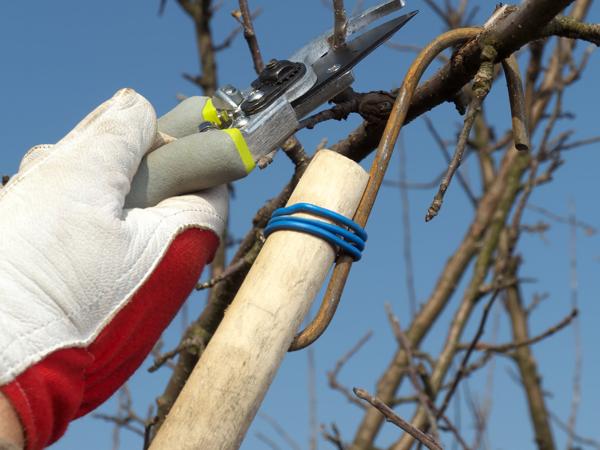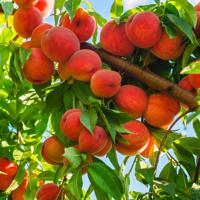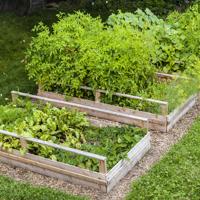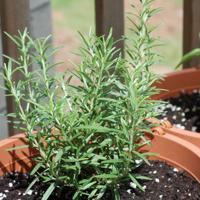Pruning fruit trees can feel overwhelming, but it’s an essential practice for anyone looking to enjoy a bountiful and healthy harvest. This guide is here to help you navigate the basics of pruning your fruit trees for maximum yield, drawing on guidance from experienced gardeners and horticulturalists.
Understanding the Basics of Pruning
Pruning is the process of selectively removing certain parts of a plant, such as branches or roots. It’s crucial because it helps regulate growth, improves sunlight penetration, and encourages the production of fruiting wood.
Each cut can have significant consequences. It’s important to understand how and when to make these cuts to promote a tree’s overall health and productivity.
Types of Pruning Cuts
Before we dive into the techniques, let’s clarify two basic cutting methods:
-
Thinning Cuts: Remove entire branches back to their point of origin. These cuts improve sun exposure and air circulation within the canopy.
-
Heading Cuts: Trim the end of a branch to a bud, which encourages bushier growth by promoting new branches around the cut area.
Timing Matters
The timing of pruning can significantly affect fruit production. Late winter or early spring pruning is often recommended for most fruit trees like apples, pears, and plums. During this time, trees are dormant, and pruning won’t stimulate new growth that could be damaged by frost.
Avoid heavy pruning in late summer or fall, as it can encourage tender growth susceptible to winter damage.
Steps to Prune Your Fruit Trees
-
Start with Dead or Diseased Wood:
- Remove any branches that are dead, damaged, or diseased. It’s essential for the tree’s health, and it also prevents any disease from spreading. -
Remove Suckers and Water Sprouts:
- Suckers grow from the base of the tree, while water sprouts are vertical shoots that can appear along the branches. These typically don’t produce fruit and can rob energy from the productive parts of the tree. -
Thin the Crown:
- Focus on improving airflow and light penetration to inner branches. Cut back overlapping branches and those that cross over each other. -
Shape the Tree:
- Consider the natural form of your tree. Most trees benefit from an open-center or central-leader shape. Consult with your local extension service for the best practices for your specific tree type. -
Encourage Fruit Production:
- Prune to develop a balanced structure and remove branches that compete with the main leader or those that grow downward.
Examples of Pruning for Different Fruit Trees
-
Apple and Pear Trees: Typically pruned to a central leader. Remove any branches that don’t contribute to this structure.
-
Peach Trees: Benefit from an open-center approach. This structure allows more sunlight to reach developing fruits.
-
Cherry Trees: Respond well to both heading and thinning cuts, and entering the tree from the top is a common technique.
Reference and Resources
This guide is informed by resources such as the University of Maine’s Cooperative Extension, which offers comprehensive research-based advice for home gardeners. Additionally, books like “The Pruning Book” by Lee Reich offer insightful techniques specific to different tree types.
In Conclusion
Pruning is a thoughtful balance between cutting and allowing growth, and each tree can have its quirks. It’s been a rewarding experience for me, seeing the positive impact these techniques have had on my garden’s productivity. As you advance, observe how your trees respond and adjust your method accordingly. You’ll learn that the art of pruning is a gentle conversation with your trees, guiding them toward greater health and yield.
Remember, the key is consistency and patience. Happy gardening!




